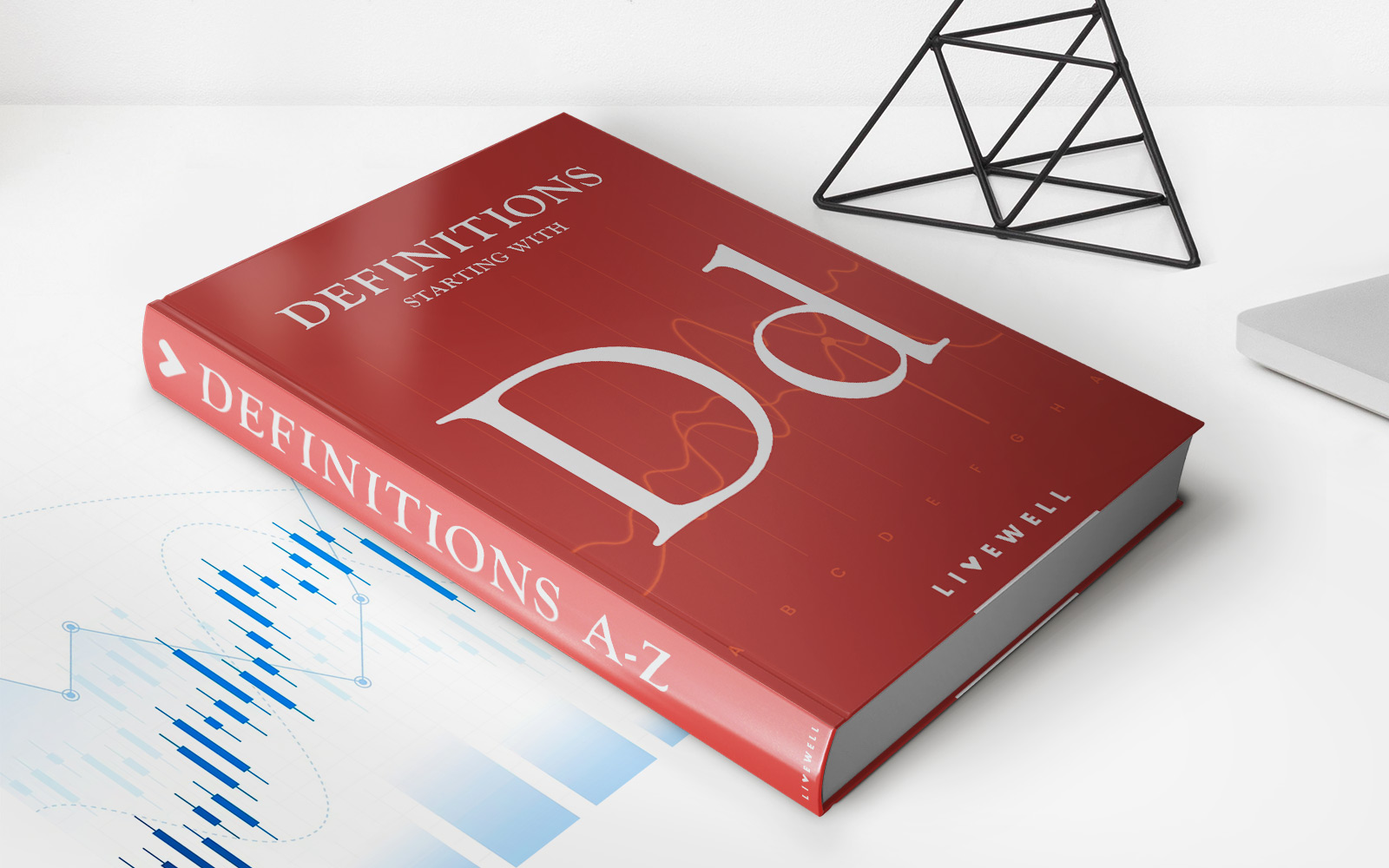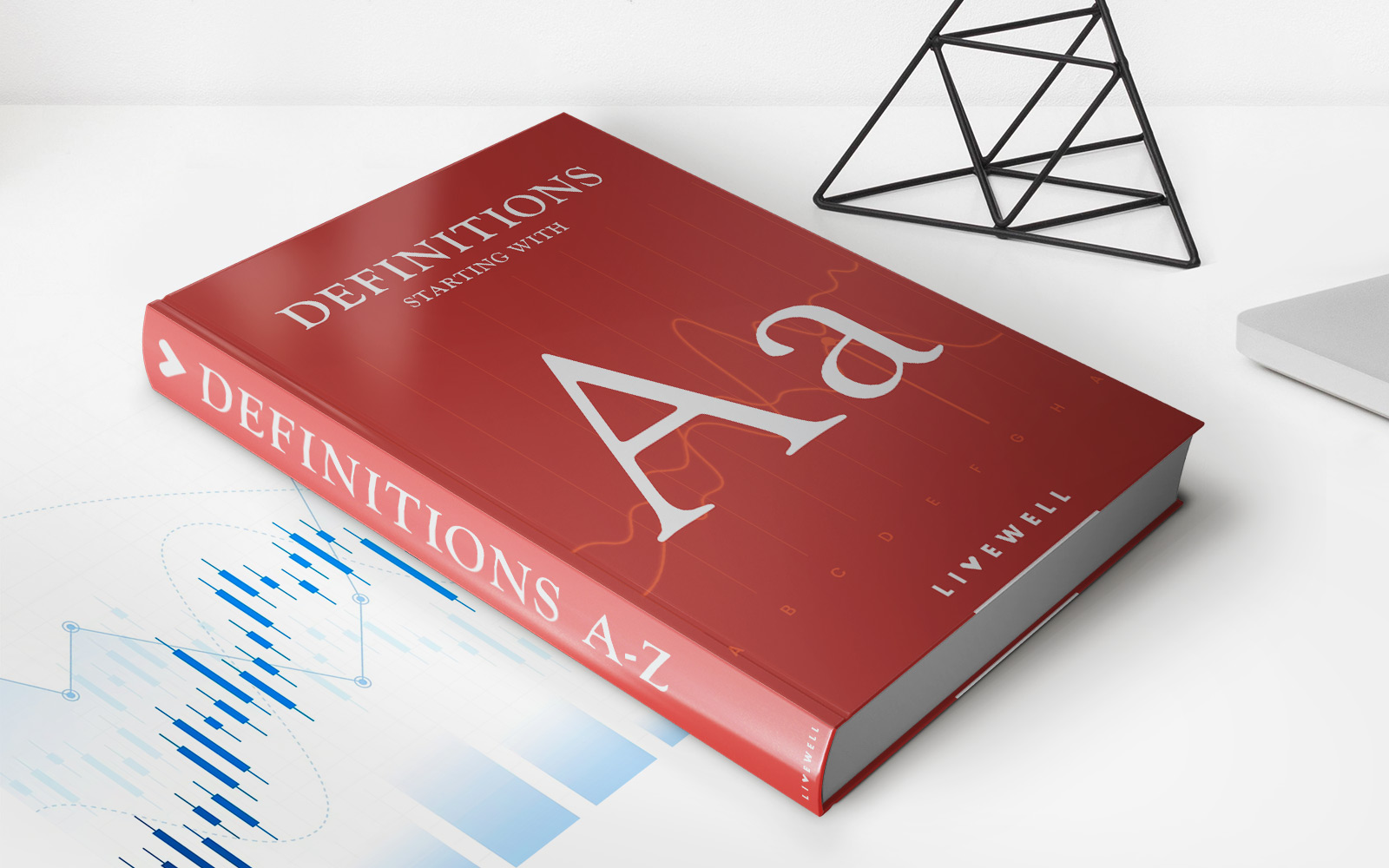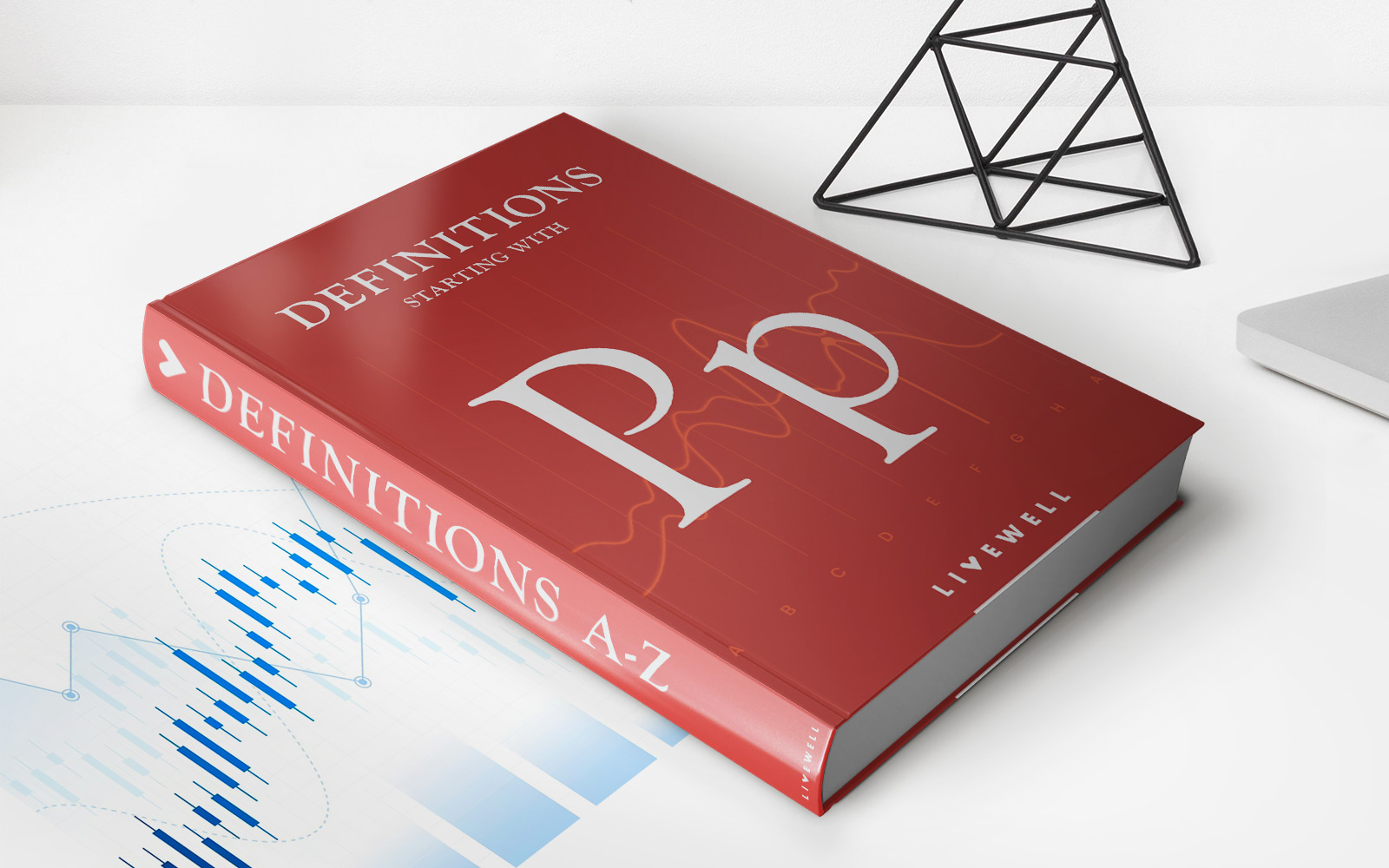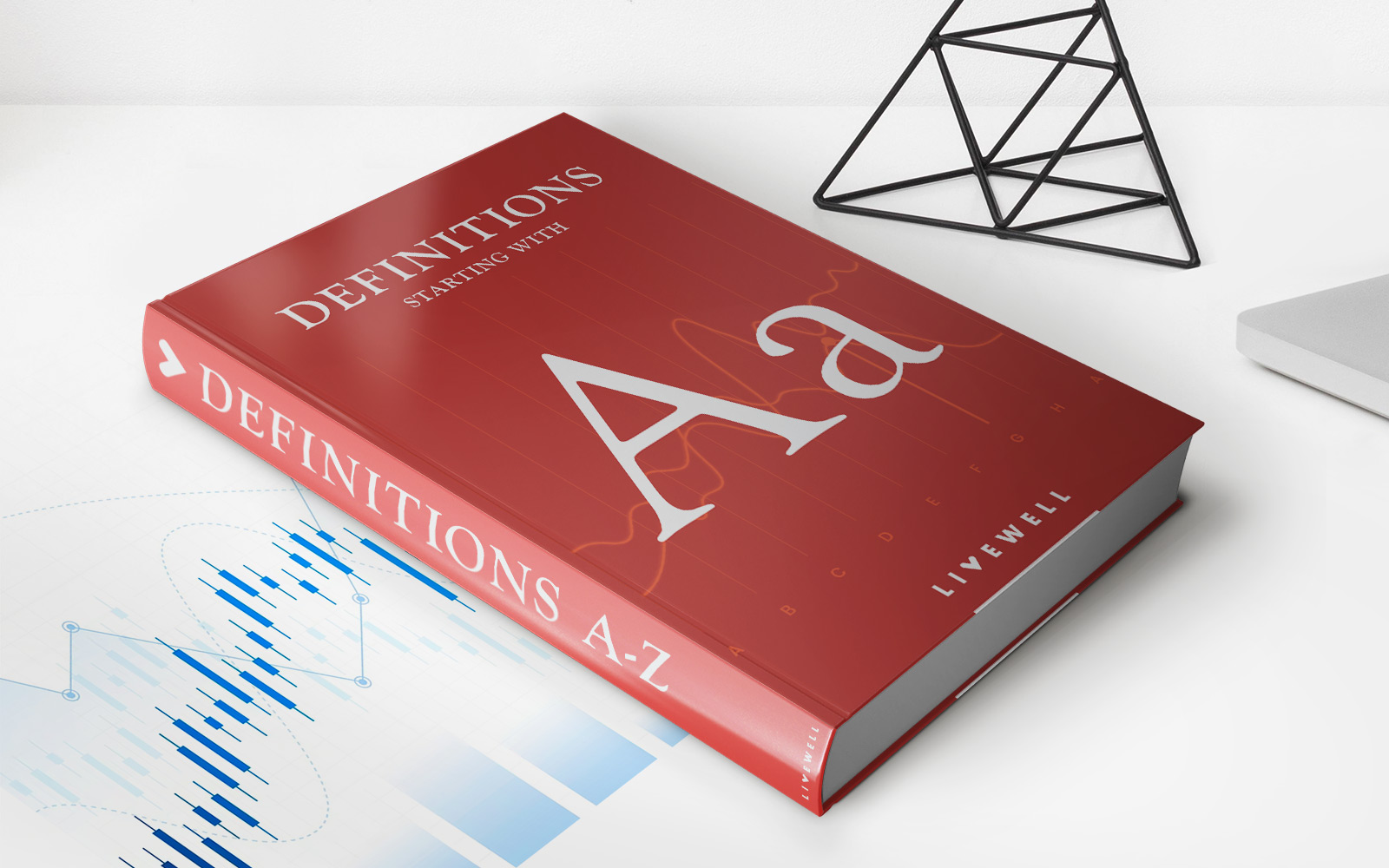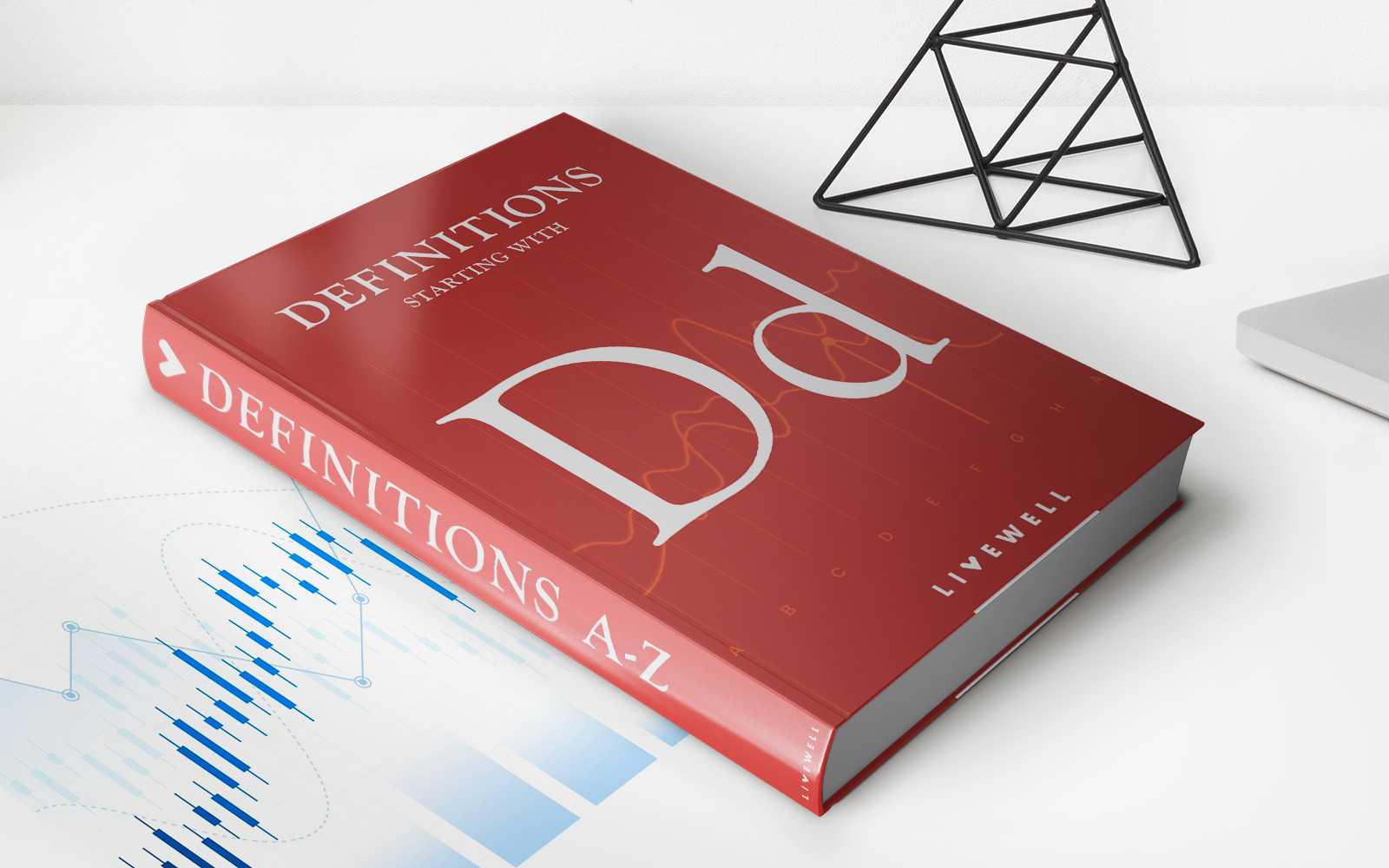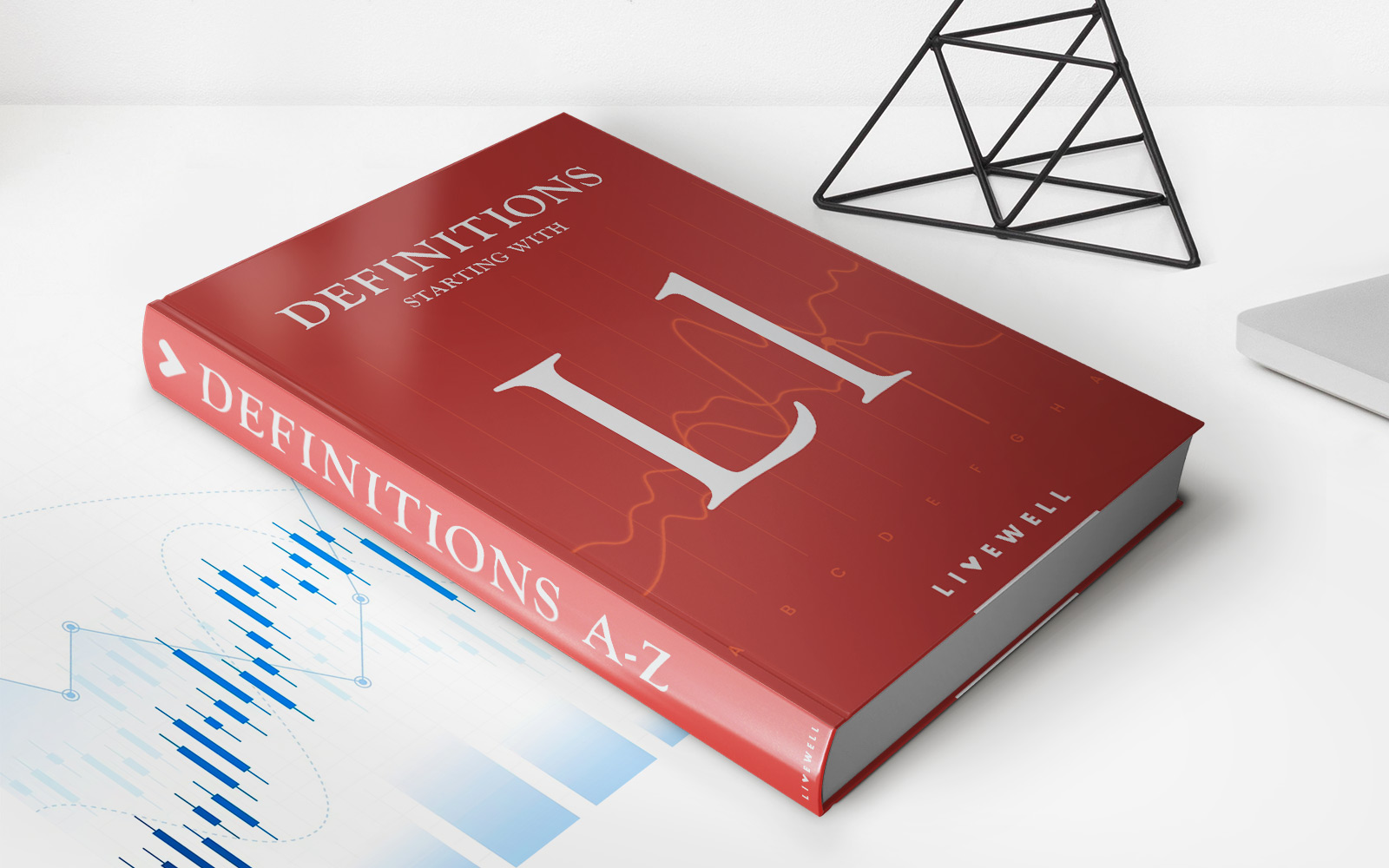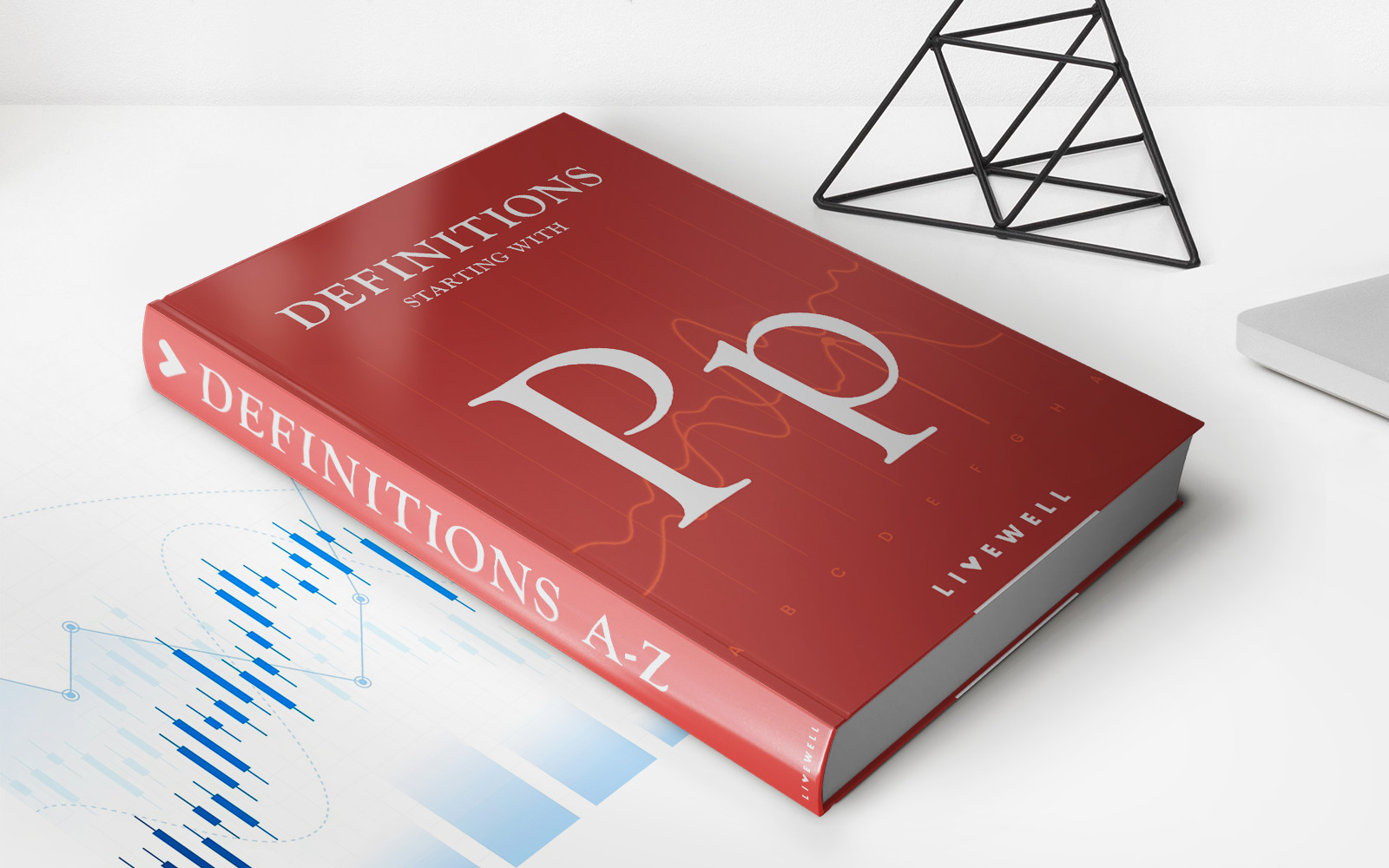Home>Finance>Banker’s Acceptance (BA): Definition, Meaning, And Types


Finance
Banker’s Acceptance (BA): Definition, Meaning, And Types
Published: October 13, 2023
Learn the definition, meaning, and types of Banker's Acceptance (BA) in finance. Explore how this financial instrument impacts the industry.
(Many of the links in this article redirect to a specific reviewed product. Your purchase of these products through affiliate links helps to generate commission for LiveWell, at no extra cost. Learn more)
What are Banker’s Acceptances?
Have you ever wondered what a Banker’s Acceptance (BA) is? Well, you’re in the right place! In this article, we will explore the definition, meaning, and types of Banker’s Acceptances. So, let’s dive in and unravel the mystery together!
Key Takeaways
- A Banker’s Acceptance (BA) is a financial instrument issued by a bank, which guarantees payment to a seller at a future date.
- It is commonly used in international trade transactions to facilitate the smooth flow of goods and services.
Understanding Banker’s Acceptances
A Banker’s Acceptance, often referred to as a BA, is a type of financial instrument issued by a bank on behalf of a buyer. It acts as a guarantee of payment to a seller at a fixed future date. This instrument provides security to the seller, as it ensures that payment will be received for the goods or services provided.
But how does it work? Let’s break it down step by step:
- A buyer and a seller agree on a transaction, such as buying goods or services.
- The buyer approaches their bank and asks for a Banker’s Acceptance to be issued.
- The bank assesses the creditworthiness of the buyer and, if approved, issues the Banker’s Acceptance.
- The seller receives the Banker’s Acceptance and can typically sell it on the secondary market before the maturity date.
- On the maturity date, the bank guarantees payment to the seller using its own funds.
Banker’s Acceptances are commonly used in international trade transactions where buyers and sellers may not have an established relationship or face uncertainties due to the geographical distance. They serve as a reliable payment mechanism, ensuring that both parties can trust that the payment will be made at the agreed-upon time.
Types of Banker’s Acceptances
There are two main types of Banker’s Acceptances:
- Direct Acceptance: In a direct acceptance, the bank is the acceptor of the instrument and assumes the obligation to pay the seller on the maturity date.
- Indirect Acceptance: In an indirect acceptance, the bank acts as an intermediary, facilitating the transaction between the buyer and the seller. The buyer’s bank issues the Banker’s Acceptance on behalf of the buyer and guarantees payment to the seller.
Both types of Banker’s Acceptances offer benefits to buyers and sellers involved in international trade. They provide reassurance to sellers that they will receive payment, while also offering flexibility to buyers in managing their cash flow.
Conclusion
Banker’s Acceptances are an essential tool in international trade finance, providing security and trust in transactions. By acting as a guarantee of payment, they facilitate the smooth flow of goods and services between buyers and sellers. Whether it’s a direct acceptance or an indirect acceptance, Banker’s Acceptances play a crucial role in supporting global trade.

